If you have been around the hobby for a little bit, or searched eBay for vintage shaving gear, it’s quite possible you have come across a shaving puck of Burma-Shave, or a mug with the logo on it. With what one finds on eBay, it would make sense that the original Burma-Shave product was a traditional shave soap that employed a brush to create a lather. That could not be further from the truth.
The original Burma-Shave was introduced in 1925 by the Burma-Vita company in Minneapolis, MN. The original product was a liniment (a medicated topical preparation that sometimes was called a heat rub) and having ingredients described as having come “from the Malay Peninsula and Burma”, hence the name. Sales were lacking and the company was looking for a way to boost sales. This resulted in the Burma-Shave brand of shave cream.

The original Burma-Shave was a brushless, latherless cream. Burma-Shave had a unique advertising strategy. They would place signs sequentially on the highway that the motorist would read as they drove down the road. The first series appeared on U.S. Highway 65 near Lakeville, Minnesota in 1926. The first series read: “Cheer up, face – the war is over! Burma-Shave.” Advertisements soon arose across most of the country, with the exception of Nevada where traffic was deemed to be to sparse and Massachusetts due to the high land rental and roadside foliage.
The signs normally consisted of six small signs that would be posted along the side of the highway and the last sign would almost always contained the name of the product. The original signs were produced in two color combinations: red and white and orange and black. The orange and black signs were eventually removed after a few years and a special white on blue set was developed for South Dakota as they had a restriction on the color red on road signs to official warning notices.

The use of the small sequential signs was a successful approach to highway advertising during the early years of highway travel. The signs drew in the attention of passing motorists who were curious to learn the punchline. However, as the interstate system expanded in the late 1950s and speeds increased, it became more difficult to grab the attention of motorists with small signs. This practice was eventually discontinued when the company was acquired by Philip Morris in 1963.
Sales declined around the time of the sale to Philip Morris, the brand visibility also decreased and the property was eventually sold to the American Safety Razor Company. In 1997, the Safety Razor Company reintroduced the Burma-Shave brand with a nostalgic shave soap and brush kit, even though the original advertising for Burma-Shave frequently made fun of the use of a brush.

If you are interested in some of the shaving soap/mugs sets, they can occasionally be found on auction sites like eBay. Some examples of Burma-Shave advertisements can still be seen at The House of Rock in Spring Green, WI. There are some recreations that appear on Arizona State Highway 66, part of the original U.S. Route 66, between Ash Fork, AZ and Kingman, AZ. The signs were not initially put there by Burma-Shave during the original campaign. Other examples are on display at The Henry Ford in Dearborn, MI and the Forney Transportation Museum in Denver, CO, as well as other locations.


2 comments
I remember the signs very well. Before there were super highways going everywhere. Part of ‘Hitting the Road’!
I saw these sign in a movie: “Son of the south”. Great movie. I don’t know the connection between the freedom fighters and the Burma Shave company, I hope it’s a positive one.